Ponce Inlet Fishing Report, 1-1-13
I have been wanting to get with my dad and give the sheepshead a try down at ponce inlet. I called him at the last minute last night and we put together a plan for this morning.
We met at the Port Orange bridge to catch some crabs and scrape up some barnacles for bait. As usual, dad was there early and pretty much had the gob done. I helped him load his boat and we headed south for the inlet.
The water in the river is as clear as you will ever see it right now. You can see the bottom in 5′ of water.
The good thing about having dad along was I caught a tow over to the docks we planned to fish that saved me a pile of paddling.
The tide was probably half in and we were expecting to really see some pretty good action. A guy that was launching at the same time we were related that he had been catching some 16-18″ sheepshead at the jetty on both the inside and the outside.
Well, I guess it just wasn’t in the cards for us on this day. We put in about three hours of fishing and only put three fish in the boat.
We fished about a half a dozen different docks with both barnacles and crabs. There were a pile of other boats that turned up to fish the same spot so I feel some fish are around.
At least the temp.’s were mild and it was a nice morning to be on the water.
Good Luck,
Larry S.
Fishing Report – Crappie 12-15-12
Saturday, Dec. 15,2012
Weather: 69 to 80 deg
Partly cloudy
Winds: light easterly
water temp.: upper 60’s +/-
Target Species: Crappie (Specks)
Method: Drifting with Live Minnows
Location: Area Lake, Deland, Fl.
Catch: (18) Specks (kept), (30+) Bream, Bass, Specks total
We fished another lake near Deland, Florida this morning and the conditions were pretty good except that we just had a front pass through yesterday. The bite was pretty slow actually and I attribute it to the unsettled weather. There were still a lot of clouds this morning but the sun became more and more visible as the morning wore on.
Of course I fished from my Tarpon 120 Kayak this morning. My wife Tammie and daughter Morgan fished with my Dad from his Griffcraft. They fished about 10 poles and I was able to handle 4, though I was really scrambling once when I had (3) fish on, all at the same time!
We fished live bait again today, live Missouri Minnows hooked thru the eyes and fished deep, in the 6-10′ range.
I decided to rig up a pre-assembled Crappie rig with (3) hooks on my 30 series Okuma Epixor spinning reel on a 6’6″ Uglystik rod. Early on that accounted for most of my fish but by late morning the cane poles were seeing more action.
We ended up bringing home (18) fish total. My sense is that we did as well or better than most of the other people that fished this morning. I spoke to one couple that was heading in that reported they had only caught 3 or 4 Specks total. We probably had (30) fish total counting the bream, (3) bass and the smaller specks that we turned back.
The wind conditions we really good, light and for the most part, perfect for drift fishing. Occasionally it would kick up for just a bit and I would have to paddle to adjust my speed down. I believe that the majority of my fish were caught while moving but very slowly and I only picked up one or two while stationary.
On the way home at 1:30 PM, I dang near ran over a big doe on hwy 11 at Cody’s Corner! It was a close one. The doe had just crossed a huge pasture to be able to get out to the Hwy. I expect she had been pushed out there by dog hunters given the time of day and where she was. Almost had to lock up the brakes.
I heard a report today that people have been doing really good on Specks at Dead Lake in Flagler County as of late. I should have a first hand report on that tomorrow.
Oh yeah, a friendly Game & Fish Officer was at the ramp checking catches and licenses so be warned!
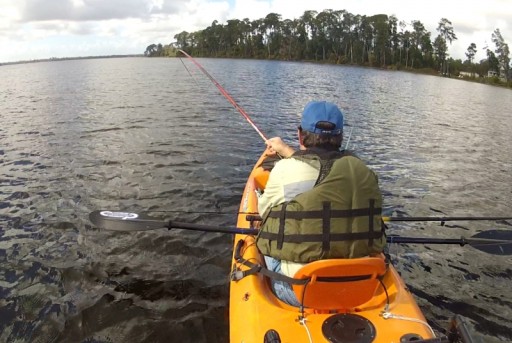
If you have never tried the Crappie Row I would recommend you give it a try, it is pretty darn good. Be careful not to split the egg sack open if possible, then just fry them golden brown just like it was a fillet. They have a tendency to pop and even explode in the frying pan once in a while so a flat mesh cover is handy to keep the hot grease off you.
See you on the Water,
Larry Stephens
Crappie How to for Kayakers!
The Crappie or as we call them here in Florida, Specks, are one of the most popular freshwater fish that swims. One reason for their popularity is their wide distribution which makes them available to many anglers. Also, the equipment needed to fish for Specks is relatively simple and inexpensive, It is a fish for all anglers. There is one more real good reason for pursuing Specks, if you like a fish fry, the Speck tops the list of fresh water fish for table fare.
The Speck or Crappie is probably not a fish that first comes to mind for a kayak fisherman to pursue but there is no reason that a kayak angler cannot do just as well as any fisherman from a conventional boat. You may have to modify the normal techniques employed to catch Specks that are used by our motor boat brothers but once you locate an area that is holding fish you can load the yak.
Specks can be found in all kinds of water, from rivers to lakes of all sizes, canals, retention ponds, etc. When fishing smaller lakes, if you are looking for big Specks I would recommend you fish lakes that are at least 5 acres or larger. Specks are prolific breeders and will over populate in small water bodies and become stunted in size.
Methods for catching Crappie or Speckled Perch include:
- Drift fishing or trolling
- Tree top fishing
- Jigging or live bait along vegetation line, banks and flooded timber
- Stationary fishing over submerged structure
Specks can be caught throughout the year but the best action here in Florida is late winter into spring, building up to and during the spawn. During the rest of the year Specks can be difficult to locate as they typically move to deeper waters and hold at certain depths in the water column. If you are not fishing near that depth you may be out of luck. Also remember that Specks will rise to take a bait but will seldom drop down for one. The Primary forage for Specks consists of crustaceans, aquatic insects and small fish fry.
What Factors Affect Where The Fish Will Be Located?
- Water Clarity
- Water Temperature
- Water Oxygen Content
- Pressure Changes
- Weather Fronts
- Available Forage
- Time of Year
- Available Cover
- Water Depth
- Springtime Spawn
As the water temperatures start to rise and the days lengthen, Specks will move into shallow water to spawn. This typically occurs from February to April. This is the time of year when the best catches can be had. Specks looking to spawn can be found in many shallow water conditions at this time. Some of these will include, along cattail edges, around flooded cypress tree and downed tree tops along banks.
As spawning time approaches the males will be the first to move into the shallow water. They will prepare beds and await the arrival of the females. Specks typically bed in 3-8 feet of water and larger fish may even bed in deeper water when available. These males can become pretty aggressive during these times and will readily strike anything invading their bedding area. Typically, catches of males will far out number the females.
One of my favorite techniques is to work slowly along a line of cattails with a fiberglass cane pole, fishing with live minnows about a foot and a half to two foot deep. I will ease the minnow into any small hole or break in the reeds that are lying on the water surface. Many times the bait will get smashed before the cork can even settle out.
I grew up fishing the St. Johns river here in central Florida and I would have to say that tree top fishing is my first love when it comes to Speck fishing. Actually, this involves a mixed bag of fish that includes Catfish, Warmouth and an occasional Bream or Bass. During the winter when not hunting and spring, my Dad and I would spend every weekend tied up in a fallen tree top fishing for Specks. We would look for a big tree that was washed into the river in a deep bend with a pile of grass and hyacinth hung up in it. We would run the boat up on the mat of vegetation, then we’d dig some holes through the grass to drop a rod & reel down to the bottom and reel it up a couple cranks. The cane poles would go out around the deep edges of the grass. You couldn’t haul the fish away with a semi truck that we caught fishing like that!
Summer into Winter
After spawning in the Spring, Specks will move back to deeper water during the summer and into the winter. At this time of year fishing for Specks is mostly associated with deep water trolling or drifting.
It can be difficult to determine what depth in the water column the fish are holding so one way you can do that is to vary your speed which will raise and lower the depth of your bait. The faster you go the shallower you are fishing. You can also very the depth of your poles and see which depth produces the most fish.
The “Double Rig” for Prospecting for Specks!
Another good technique to employ when trying to locate specks is to use a double rig with an upper and lower bait separated by 12 to 24”. This will allow you to cover a greater range of water and locate fish faster. Also, it is still a good idea to vary your bait depths a little among rods until you catch a few fish and get some intel on where they are holding.
Starting & Stopping to Draw Strikes!
Another good tactic to almost force a Speck to strike is to start and stop periodically, this will raise and lower your bait and often trigger a strike, especially when the bait starts to move again.
Another tip you should know about is that if you miss a strike, if you will just hold your bait at that spot for a moment, more often than not the fish will hit it again. I watched my Dad catch a number of fish that way on a recent trip.
Besides that, Specks can be pretty picky eaters at times. It seems like there is always a preferred color if you are fishing artificial jigs. However, a live Missouri minnow is hard to beat and will usually out fish artificials.
Among top artificial choices are a variety of small jigs such as the “HalFly” which has a rubber body with a feather tail.
Clear vs. Stained Water!
Light penetration plays a big role in what depth the fish will be located on clear lakes or bright, sunny days. On bright days the crappie tend to move deeper where they will better be able to ambush prey. On cloudy days, crappie in clear lakes often move up in the water column.
Structure that provides shade for ambush spots can be a key to success on clear lakes. Look for fish to be located under docks, on the shade side of brush piles, shady banks, etc.
Stained water is typically more productive and easier to fish than either clear or muddy water. In stained water a wider variety of colors will catch fish. Chartreuse is often a top choice as are green or silver and combination colors like Chartreuse/White, Yellow/White, Blue/White, etc. As the water clears, colors simulating live baitfish work well such as Smoke with silver flake, clear sparkle, light green flake, etc.
Personally, I prefer the more life like action of the Marabou style jig.
The darker the water the better lighter colors seem to work such as, whites, pearls and silvers silver. On overcast days a dash of a hot color such as Chartreuse can really help the bite. It is always a good idea to fish a few different colors as the same time and let the fish tell you what they prefer that particular day.
Studies have shown that fish see colors differently in varying water clarities. Some colors may be readibly visible at one time of day and in one water clarity, but they might become practically invisible at another time of day or in a different water clarity. If the bite turn off on your hot est colored jig it may be nothing more than than a change in the lighting conditions that has made that color more difficult for the fish to see.
The Number of Rods Can be a Key to Success!
If you are drift fishing, the number of rods you are fishing is very important to how many fish will be on your stringer at the end of the day! Most motor boat guys will be using 10-12 rods! That is not really practical in a kayak but you can fish 3-4 with out to much trouble and maybe a couple more if you fabricate a simple rod holding system that can span across the top of the deck of your yak.
To give you a good example of just how much of a difference this can make, I recently fished a lake with my Dad. He was in his 14’ flat bottom boat and was fishing 10 rods, trolling and drifting. I was in my 12’ Tarpon 120 and was fishing 3 rods. I fished all around him, same bait, approx. the same depth, etc. He out fished me 48 to 8!
One of the great things about Speckled Perch is that they are basically everywhere! With a little research at your local bait shop or Game & Fish Dept. you will have no trouble locating some water that you can do some Speck fishing in.
If you’re looking to load your yak with some awesome frying fish, plan yourself a Speck fishing trip.
Till the next tide,
Larry Stephens
Fishing Report – Crappie 12-8-12
Dec. 9, 2012
Weather: Overcast with Fog until late morning
Wind : light winds 0-4 mph
Temp: 66 -80 deg
Target Species: Crappie (Specks)
Method: Drifting with Live Minnows
Location: Area Lake, Deland, Fl.
Catch: (8) Specks (Dad/Mom boated 37 Specks along with one 3 lb channel cat and a few bream)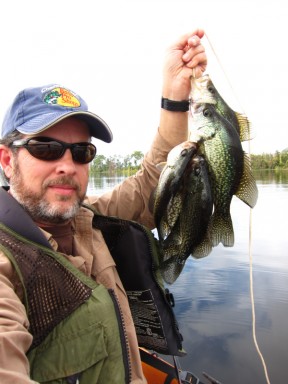
I have been getting some good Speck reports from my Dad over the last week. He has been doing some drifting and trolling for them on a local lake in Deland. He has been putting 25-30 really quality Specks in the boat every trip.
I decided I could use a few fillets for the freezer so I made a plan meet dad at the lake at day light Saturday morning. Like most fresh water fish, Specks are best fried. In fact, I would rate them as one of the best eating fresh water fish.
I fished from my Tarpon 120 kayak. I figured I could handle at least (2) cane poles and one spinning rod and still be able to paddle. This is not my favorite way to fish as there is just not that much action involved and can be slow going at times.
Dad has been catching these fish in deep water well away from the bank, even right out in the middle in 12-13 feet of water and fishing real deep. It can be difficult to determine what depth in the water column the fish are holding so one way you can do that is to vary your speed which will raise and lower the depth of your bait. The faster you go the shallower you are fishing. You can also very the depth of your poles and see which depth produces the most fish.
Another good tactic is to start and stop periodically, this will raise and lower your bait and often trigger a strike.
Another tip you should know about is that if you miss a strike, if you just hold your bait there, more often than not the fish will hit it again. I watched my Dad catch a number of fish that way.
Besides that, Specks can be pretty picky eaters at times. It seems like there is always a preferred color if you are fishing artificial jigs. However, a live Missouri minnow is hard to beat.
We ended up having a pretty good haul but we fished until about 1:30 PM to get them. The bad part was that I landed a disproportional amount of them. Actually, Dad and Mom really put it on me this time. I struggled to land (8) while they hauled in (37) with another 10 or so that they through back. He also caught one channel cat that was about 3 lbs and a few bream.
I think my problem was that I was fishing to deep. I moved my corks down a foot and it seemed to make a big difference. I caught more in an hour than I had the whole morning.
As soon as I can edit the video from the trip I will get it posted.
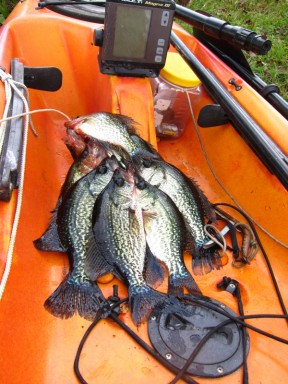
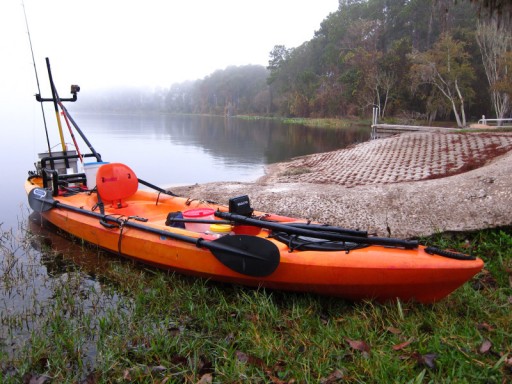

Our Combined Stringer of Speckled Perch, Pretty Impressive!
A nice double on the cane poles!
See you on the water,
Larry S.
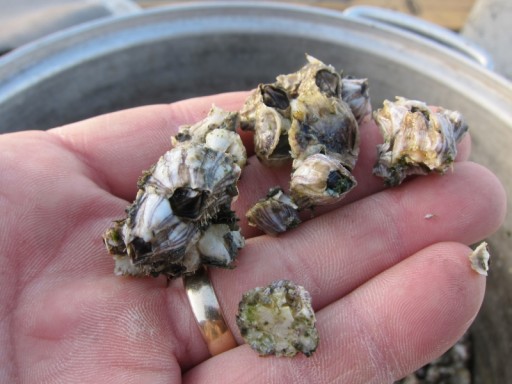
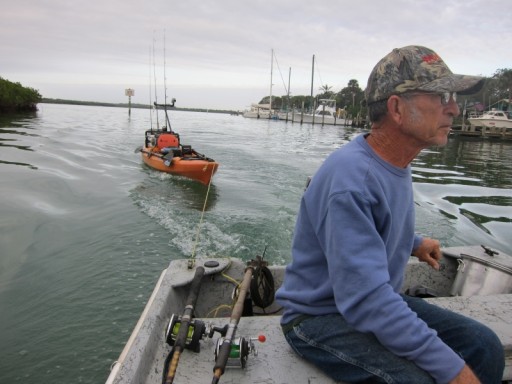
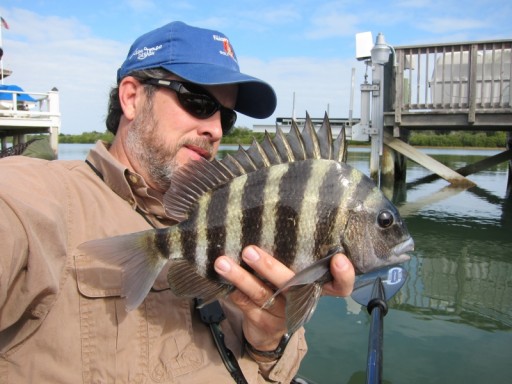

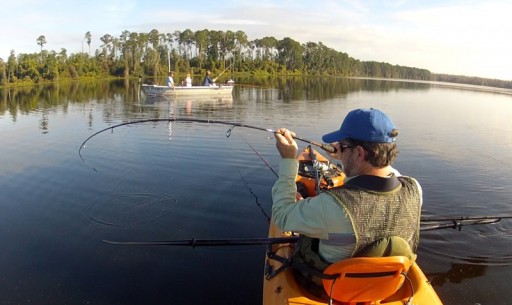
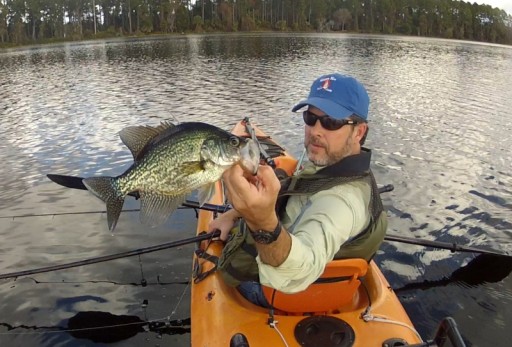

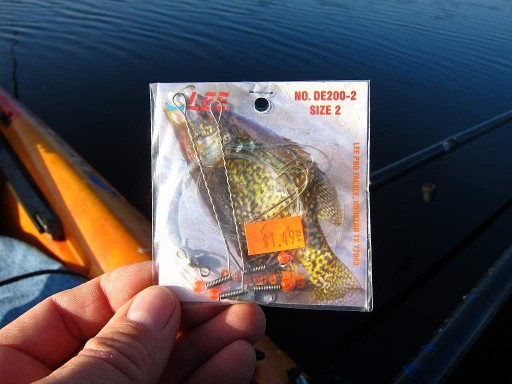
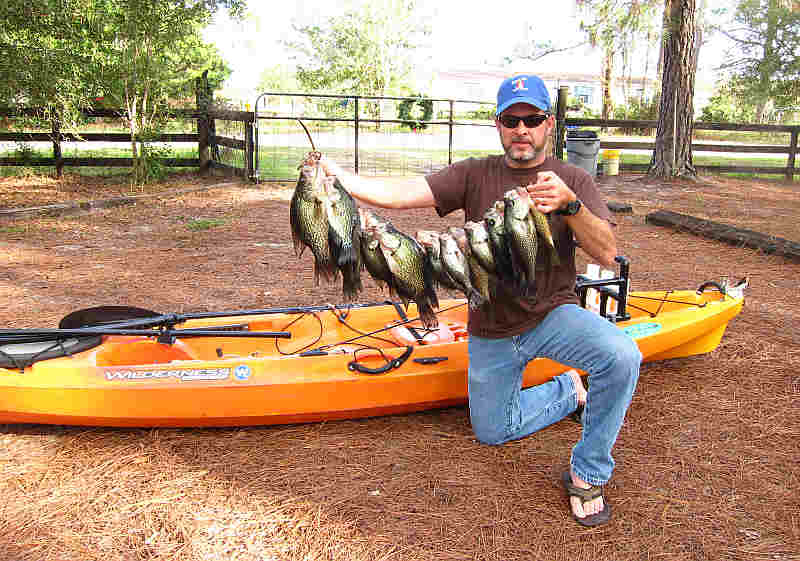
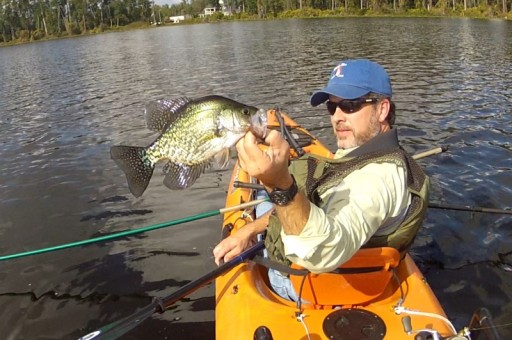
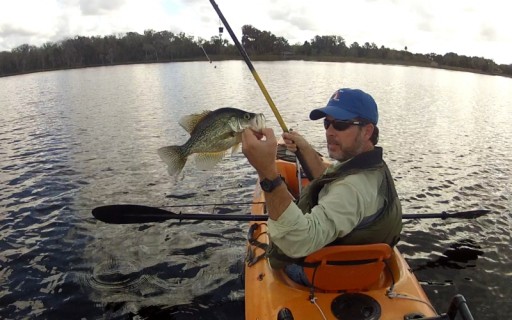
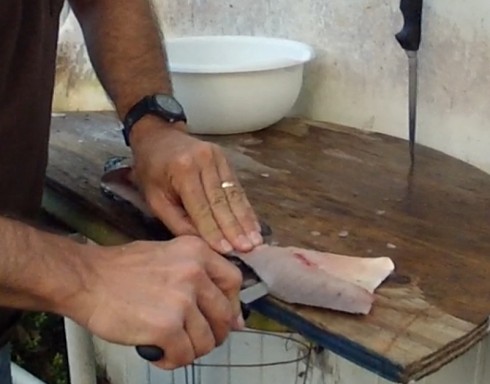
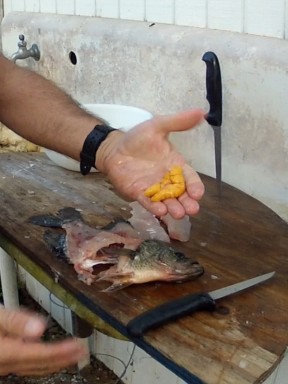

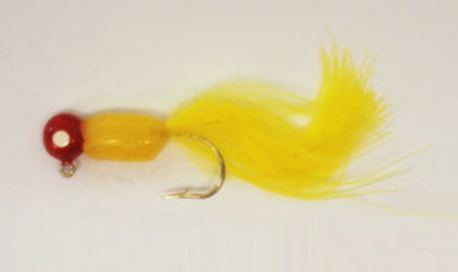
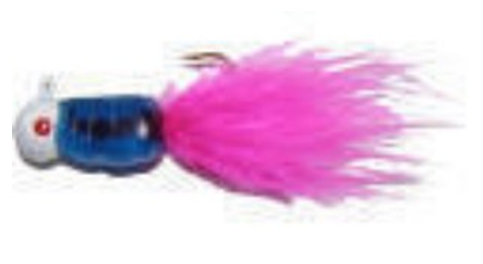
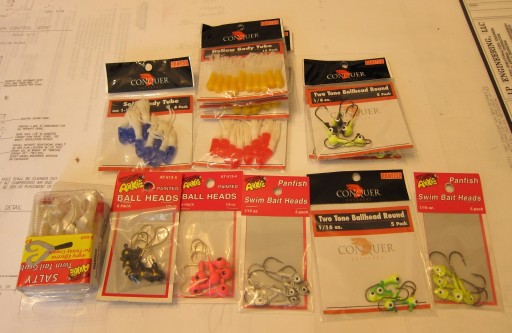

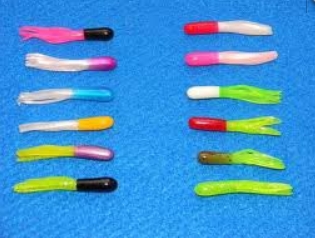
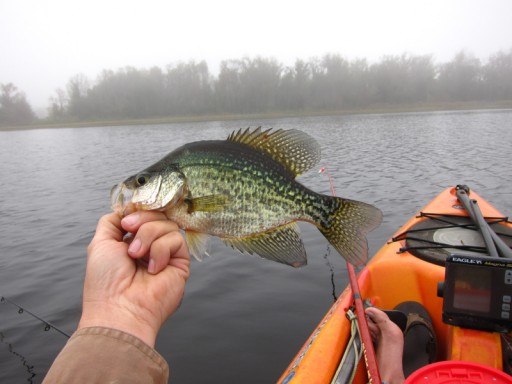
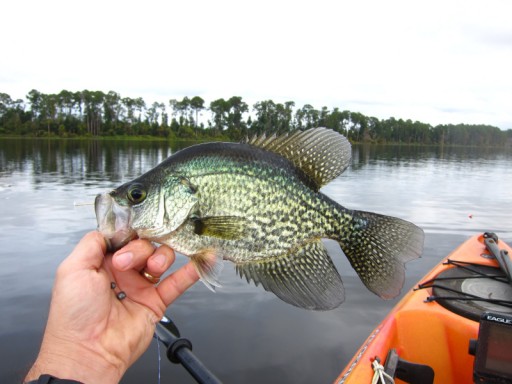
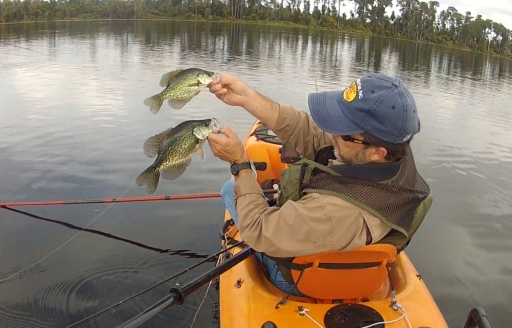
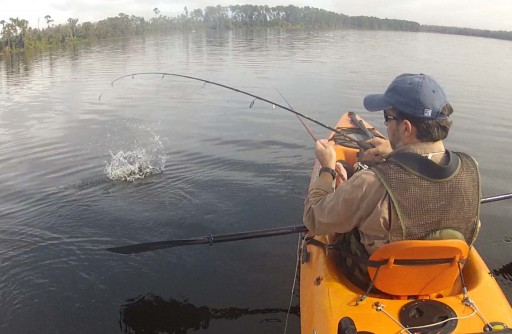

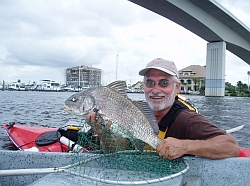
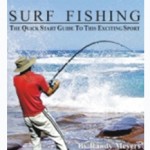
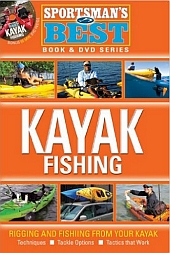
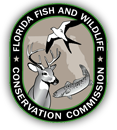
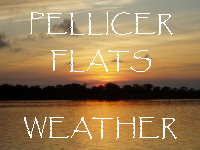
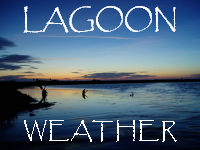
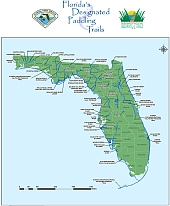
Recent Comments